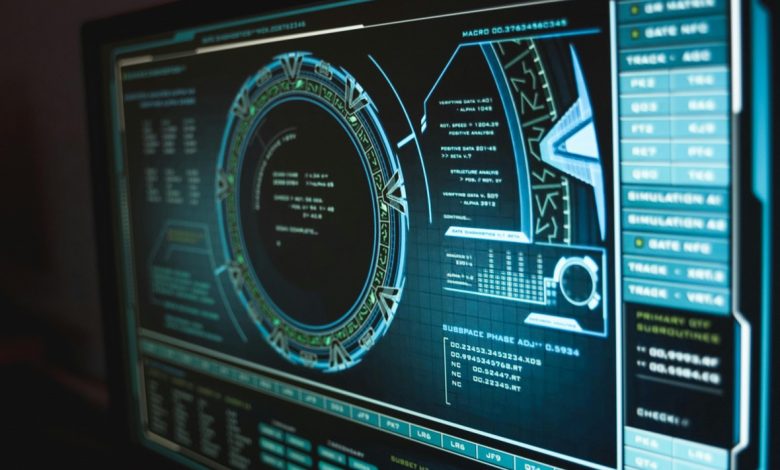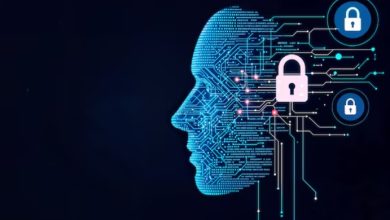Leveraging Cybersecurity as a Catalyst for Change in the Era of AI

By Ian Monteiro, Executive Director of Image Engine and Gerry Chng, Chairman, AI Ethics & Governance Special Interest Group, Singapore Computer Society
As AI redefines the boundaries of possibility across industries, discussions often centre on the cybersecurity challenges it presents. However, organisations should also recognise how robust cybersecurity can act as a catalyst for AI advancement.
In our rapidly evolving digital landscape, the convergence of AI and cybersecurity presents a unique opportunity. As AI becomes integral to the operational core of modern organisations, cybersecurity must shift from a protective layer to a strategic enabler of innovation.
C-suite executives and board members should first clearly define their business objectives before diving into AI adoption. This involves strategically assessing how AI can align with their goals and determining the appropriate integrations. Once these are identified, organisations can then design cybersecurity frameworks that protect these strategic outcomes. By prioritising business objectives, leaders can pinpoint essential AI-driven solutions and establish security measures that ensure trust, resilience, and compliance at scale.
This year, GovWare 2024 serves as a nexus, bringing together policymakers, cyber leaders, and stakeholders from across the world to drive collaboration and innovation. By fostering dialogue around shaping our digital future, GovWare creates an environment where emerging technologies like AI can thrive securely, while addressing the evolving threats accompanying rapid innovation.
A fine balance between trust and innovation
Striking a balance between trust and innovation is vital as we integrate advanced technologies into our digital ecosystem. AI presents remarkable opportunities to enhance operational efficiency, enable data-driven decision-making, and drive innovations across critical sectors like healthcare, finance, and transportation.

However, these advancements come with risks. Overreliance on AI, particularly through third-party models, can expose organisations to vulnerabilities, including erroneous automated decisions and compromises by malicious actors. The rise of Large Language Models (LLMs) further heightens the risk of misuse.
To unlock AI’s potential while mitigating these risks, organisations must establish a comprehensive AI governance framework, with cybersecurity as a foundational pillar. Such frameworks protect sensitive data, ensure the integrity of AI systems, and foster the trust necessary for widespread adoption. Emphasising data governance—particularly in relation to security and access controls—is critical.
Cybersecurity should be seen as a core enabler of trust, not an afterthought. Without a proactive strategy, AI solutions can falter due to vulnerabilities or data breaches. Leaders must develop anticipatory cybersecurity frameworks that promote innovation while safeguarding valuable assets.
For C-suite executives, the challenge lies in balancing the drive for innovation with robust security. This equilibrium can be achieved by fostering a culture where innovation and security complement each other. By ensuring AI solutions are secure from the outset, organisations can innovate confidently, paving the way for sustainable growth in a complex digital landscape.
The human behind the AI will create the greatest change
The true impact of AI will ultimately be shaped by the skilled professionals who guide its integration. Their expertise is vital for deploying AI thoughtfully, developing effective strategies, and fostering continuous education. Human oversight is crucial in maintaining ethical standards and ensuring technology functions effectively. While AI excels at processing vast amounts of data, identifying patterns, and automating tasks, it is humans who interpret these results and apply them within the broader context of an organisation’s cybersecurity strategy.
For example, AI can detect anomalies in network traffic that might indicate a security breach. However, human experts are needed to assess the significance of these alerts, determine appropriate responses, and make informed decisions based on the organisation’s specific risk profile.
Additionally, defining the degree of autonomy for AI systems is a critical aspect of AI governance. Human oversight complements AI capabilities by ensuring that technology serves to enhance human judgment rather than replace it. Effective AI governance clarifies how much decision-making power AI systems should have, emphasising the necessity of human involvement in evaluating AI-driven outcomes.
Conclusion
As we integrate cutting-edge technologies into our digital landscape, our success will depend on embedding trust and resilience into every aspect of technological development. By thoughtfully adopting AI, investing in continuous education, and providing essential oversight, we can unlock AI’s full potential while effectively mitigating its associated risks.
C-suite executives and board members must recognise how AI reshapes the organisation’s risk landscape, necessitating a proactive approach to governance and cybersecurity. By embracing this comprehensive strategy, organisations can not only harness the benefits of AI but also ensure a secure, resilient, and responsible future in the face of ongoing digital transformation.




